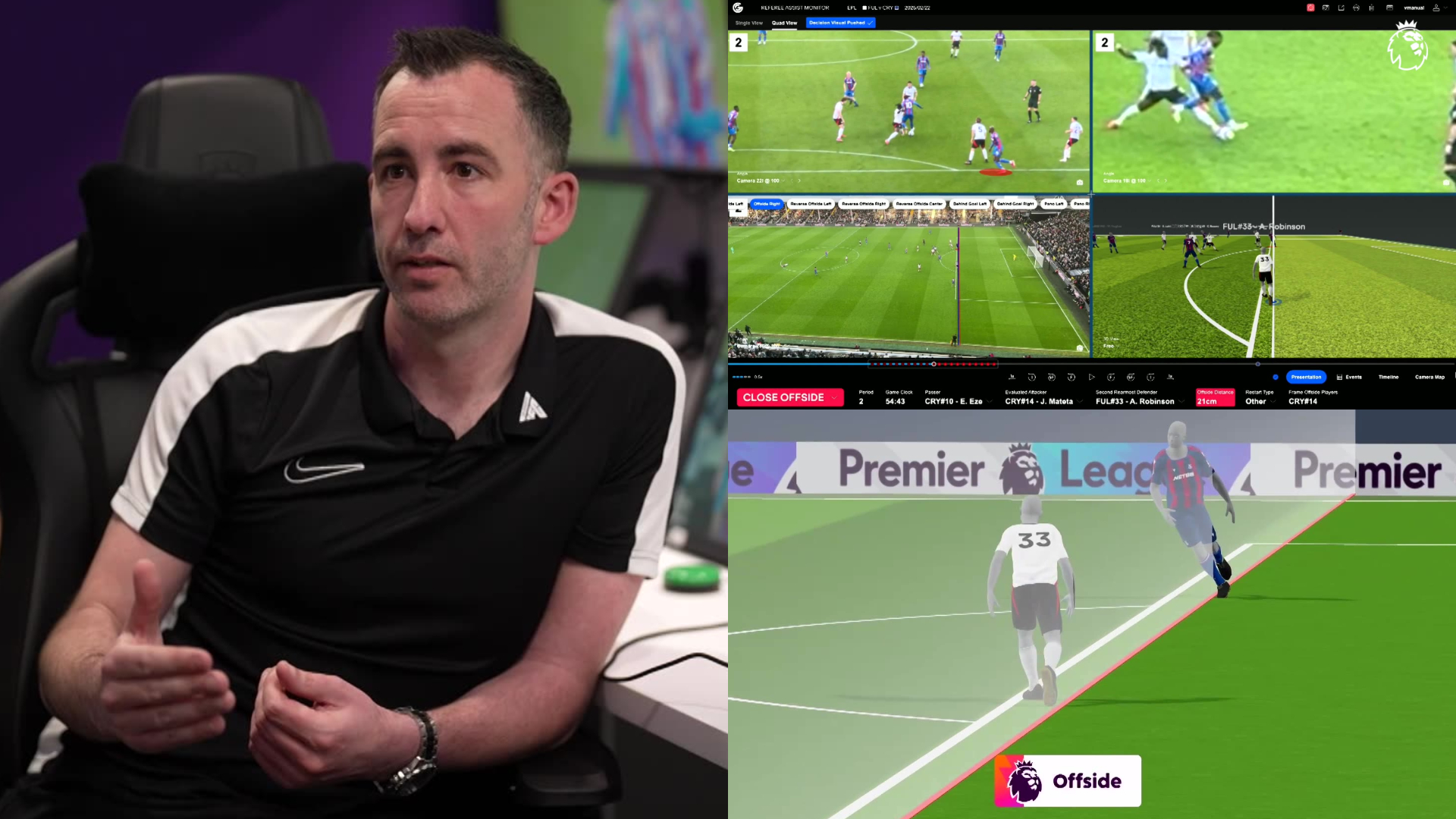New Offside Tech: How VAR's Semi-Automated Offside System is Changing the Game
The roar of the crowd, the nail-biting tension, the sudden eruption of celebration… or disappointment. Football, the beautiful game, is full of dramatic moments, and increasingly, those moments are being shaped by technology. The latest advancement? The semi-automated offside technology (SAOT) currently being used by VAR officials worldwide, and it's fundamentally changing how we experience the game.
This article delves into the intricacies of this groundbreaking technology, exploring how it works, its impact on officiating, and the ongoing debate surrounding its use.
How Does the Semi-Automated Offside System (SAOT) Work?
SAOT isn't just a simple upgrade; it's a sophisticated system integrating several key components:
- High-speed cameras: Multiple cameras positioned around the stadium capture the action at an incredible frame rate, precisely tracking the position of the ball and players.
- AI-powered tracking: Artificial intelligence analyzes this footage in real-time, identifying the precise location of players and the ball. This eliminates human error in the initial assessment.
- Sensor technology: A sensor within the ball itself provides further data on its movement, adding another layer of accuracy to the system.
- Automated alert system: Once a potential offside infringement is detected, the VAR is immediately alerted, allowing for a quicker and more accurate review.
This combination of technologies provides an unprecedented level of accuracy, minimizing subjective interpretation and significantly reducing the margin for error. The system automatically generates a 3D graphic showing the exact position of players involved in the incident. This graphic allows referees and fans alike to clearly visualize the decision-making process.
The Impact on Officiating and the Game Itself
The introduction of SAOT has had a palpable impact on the game:
- Faster decision-making: The automated alert system means decisions are made more quickly, minimizing delays and disruptions to the flow of the game.
- Increased accuracy: The reduced human error leads to fairer and more consistent officiating, benefiting both players and fans.
- Enhanced transparency: The visual aids provided by the system increase transparency, helping fans better understand the reasoning behind offside calls.
- Reduced controversy: While some controversy remains, the overall reduction in contentious offside decisions is undeniable.
However, the technology isn't without its critics. Some argue that the system can be overly reliant on technology, taking away from the human element of the game. Others worry about the potential for technical glitches or malfunctions.
The Future of SAOT and its Place in Football
Despite some concerns, the semi-automated offside system represents a significant leap forward in football technology. As the system is further refined and improved, it's likely to become even more precise and reliable. It's a testament to the ongoing effort to enhance the fairness and integrity of the game, utilizing innovative technology to ensure that every decision is as accurate as possible.
The ongoing development and implementation of SAOT is a fascinating case study in the intersection of sport and technology, showing how innovation can refine and improve even the most traditional aspects of the game. The future of football officiating undoubtedly involves a continuing integration of cutting-edge technology, and SAOT is leading the charge.
Keywords: Semi-automated offside technology, SAOT, VAR, offside, football technology, refereeing, football, soccer, technology in sports, AI in sports, sports technology, officiating, football rules, VAR decisions, FIFA.

